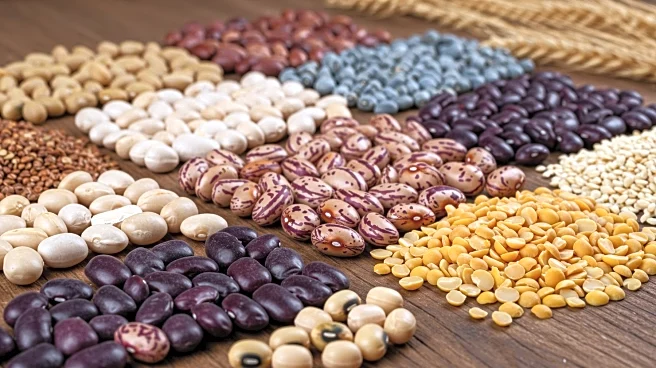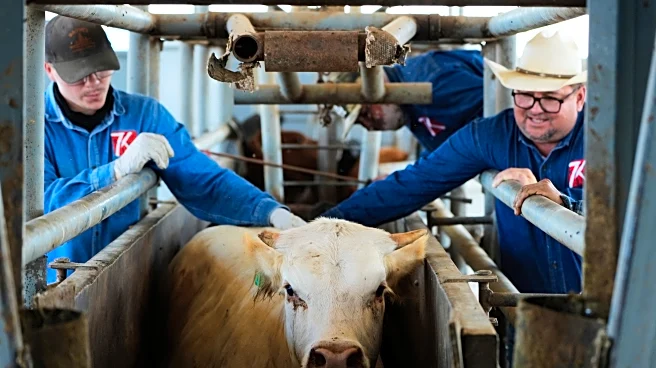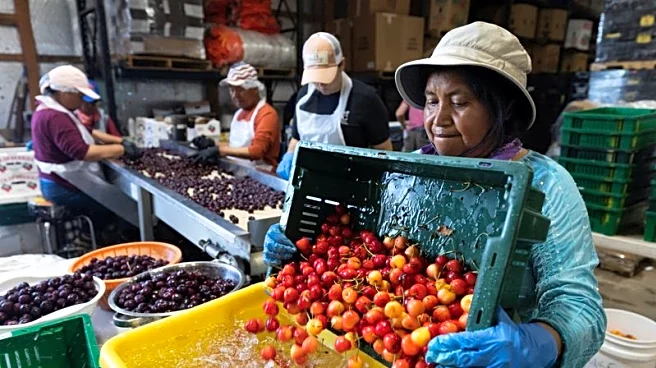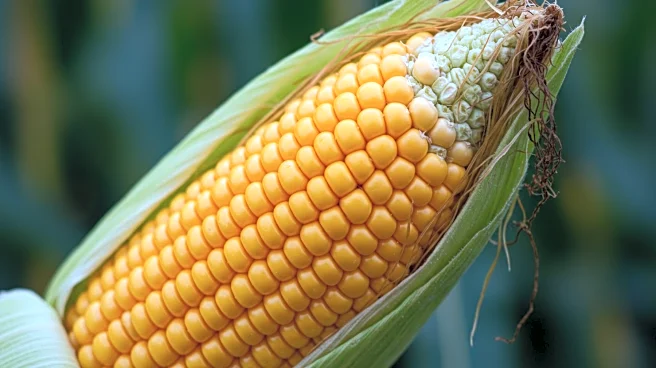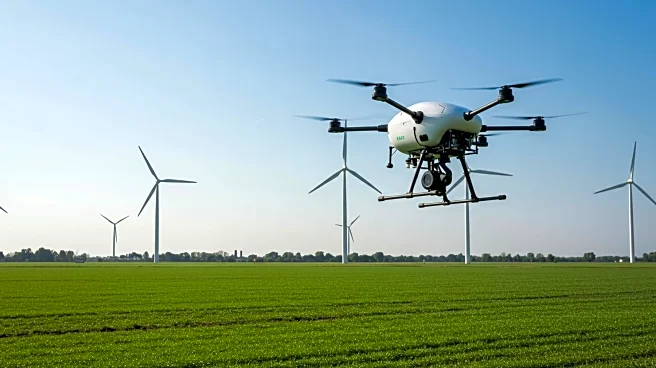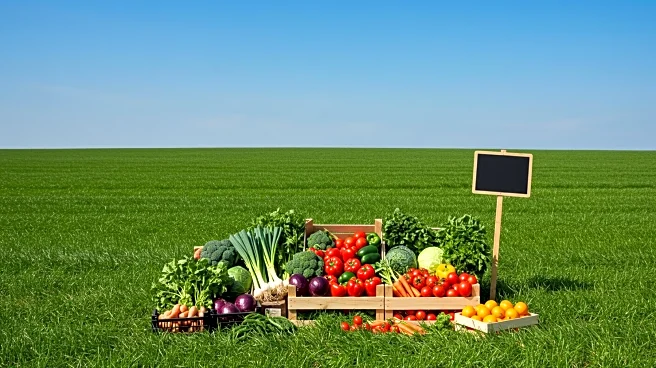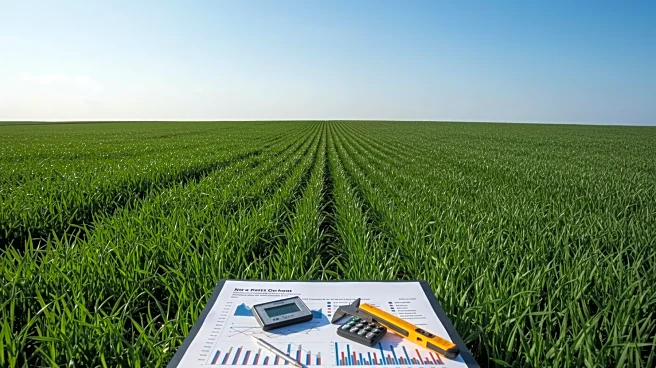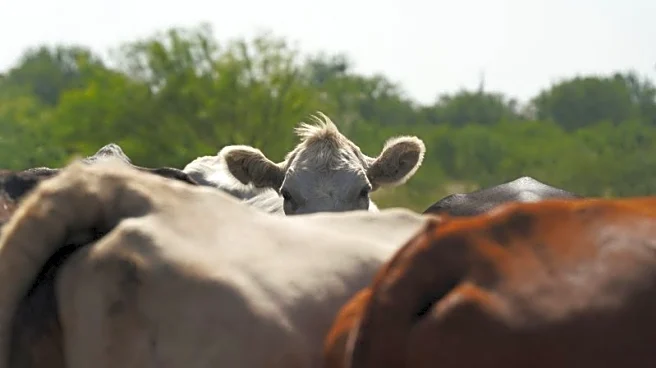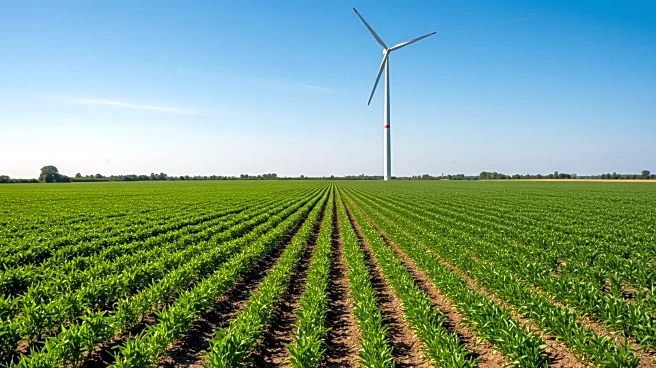What's Happening?
The U.S. Department of Agriculture's National Agricultural Statistics Service (NASS) is commencing its quarterly Hogs and Pigs Survey, aimed at gathering comprehensive data on hog inventories and pig crop information across the nation. This survey is crucial for evaluating the state of the U.S. pork industry, providing valuable insights to producers, analysts, and agribusinesses. Farmers will be asked to report on their market hog and breeding stock inventories, farrowing intentions, and the latest pig crop. The survey forms will be distributed to producers in late August, with options to respond online, by mail, or fax. Non-respondents will be contacted via phone or personal interview. According to NASS Livestock Branch Chief Travis Averill, these surveys are essential for tracking conditions and trends in the pork sector throughout the year, enabling stakeholders to make informed business decisions.
Why It's Important?
The quarterly Hogs and Pigs Survey plays a vital role in the U.S. agricultural sector by providing timely and accurate data on the pork industry. This information is crucial for producers and agribusinesses to strategize and optimize their operations. The survey results help in understanding market dynamics, forecasting supply and demand, and making policy decisions that can impact the industry. Accurate data collection ensures that stakeholders can respond effectively to changes in the market, potentially influencing pricing, production levels, and investment decisions. The survey's findings can also affect public policy and regulatory measures concerning agricultural practices and trade.
What's Next?
The results of the survey will be published in the quarterly Hogs and Pigs Report, scheduled for release on September 25, 2025. This report will be accessible on the NASS website, providing detailed insights into the current state of the pork industry. Stakeholders, including farmers and agribusinesses, can use this data to adjust their strategies and operations accordingly. The USDA's continued efforts in data collection and analysis will likely lead to more informed decision-making processes within the industry, potentially influencing future agricultural policies and economic strategies.



